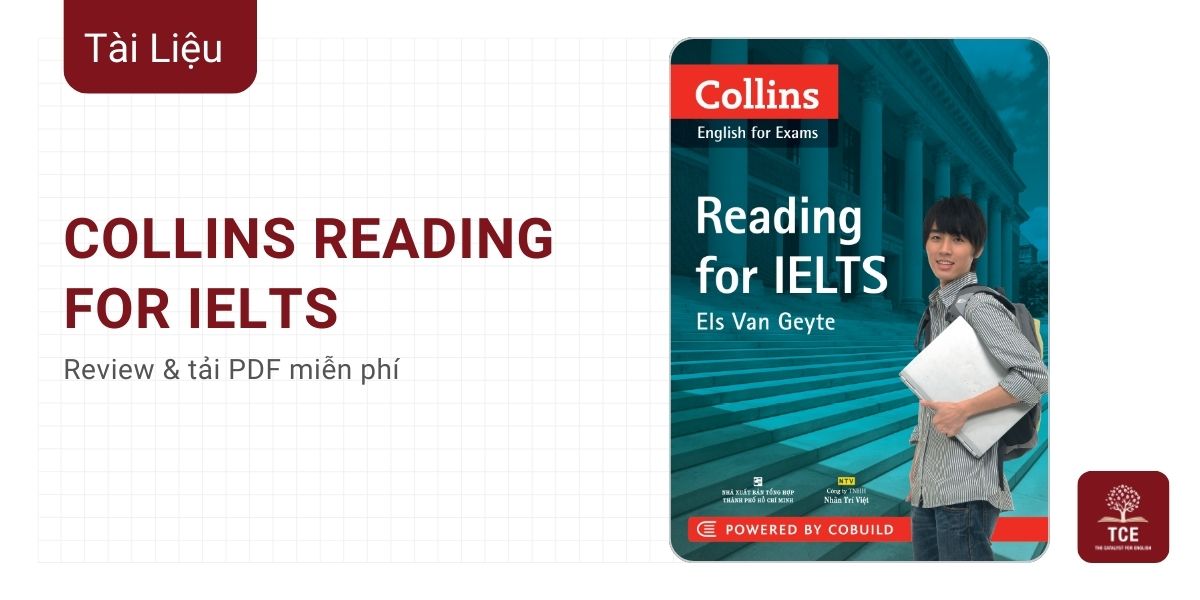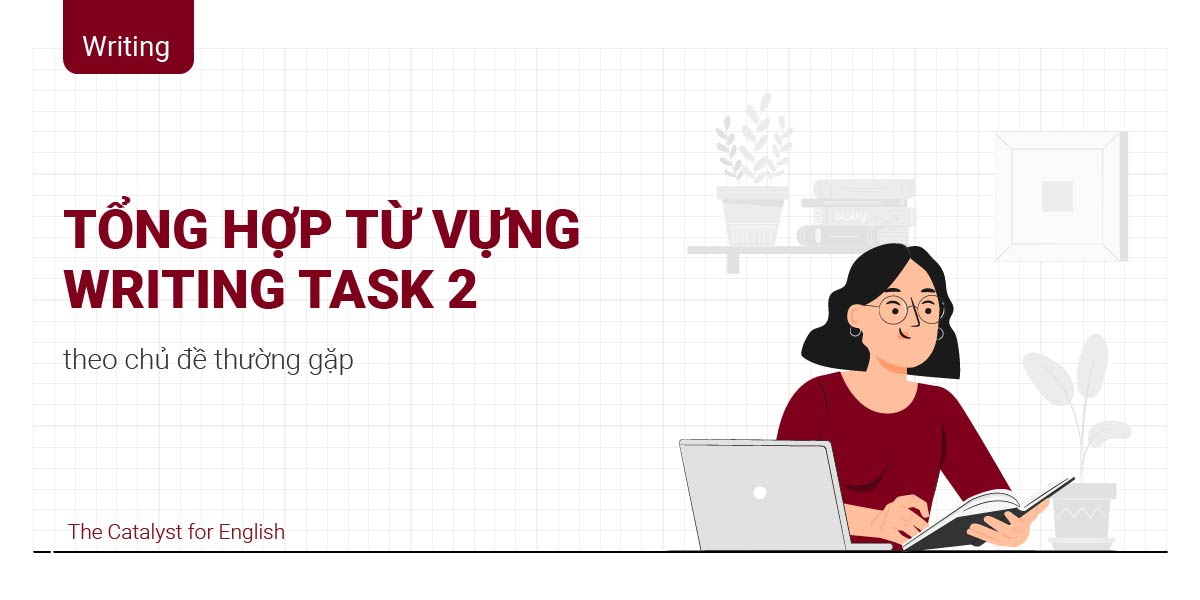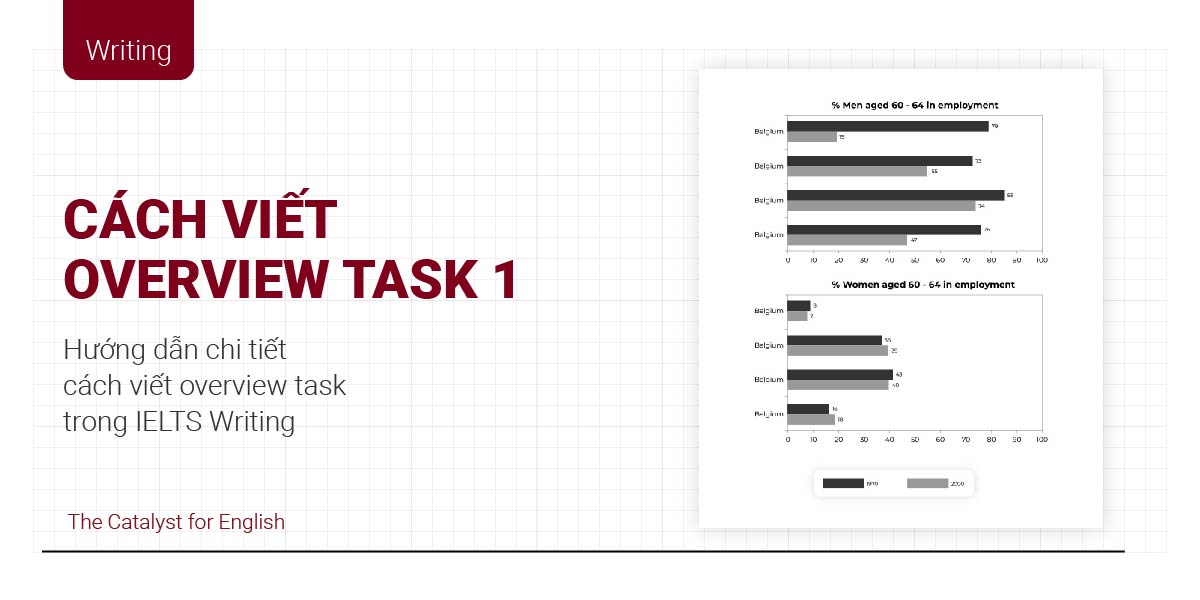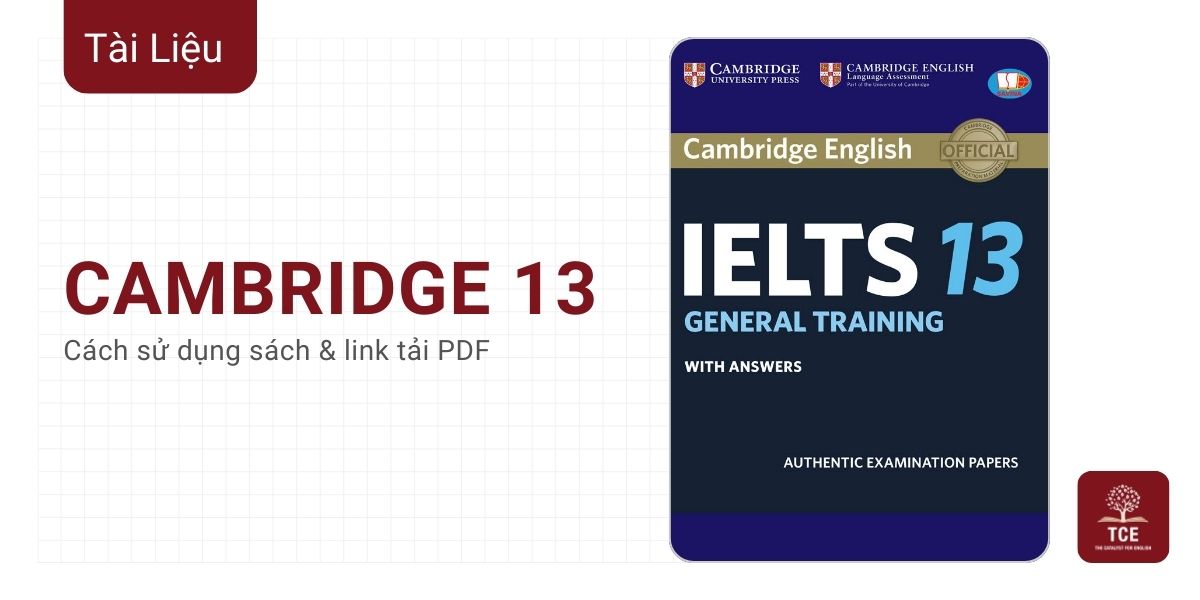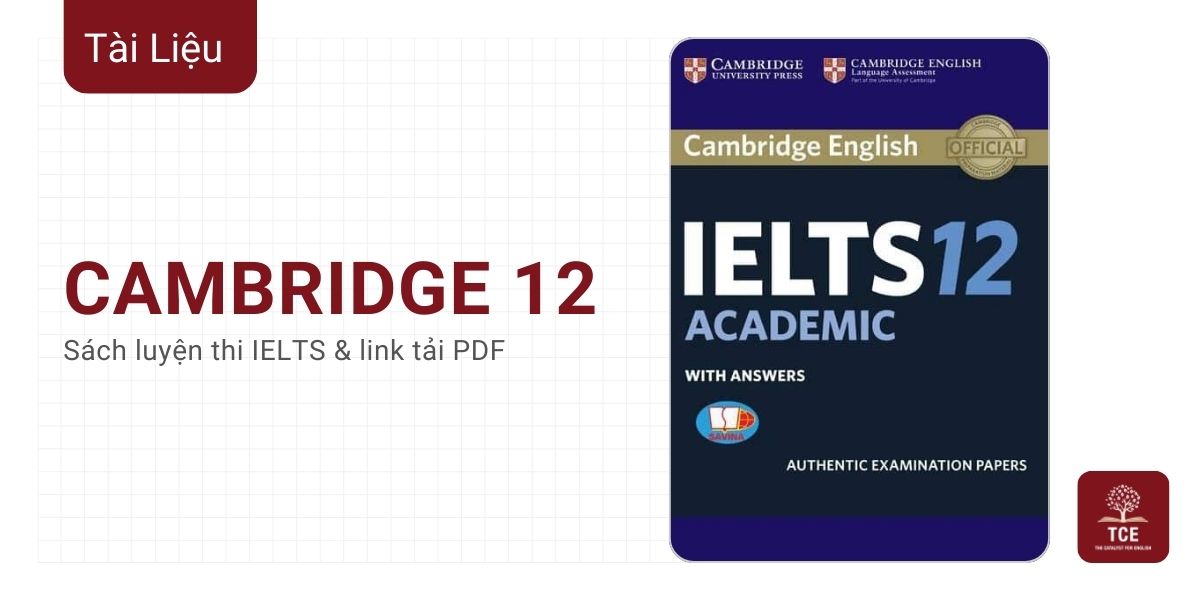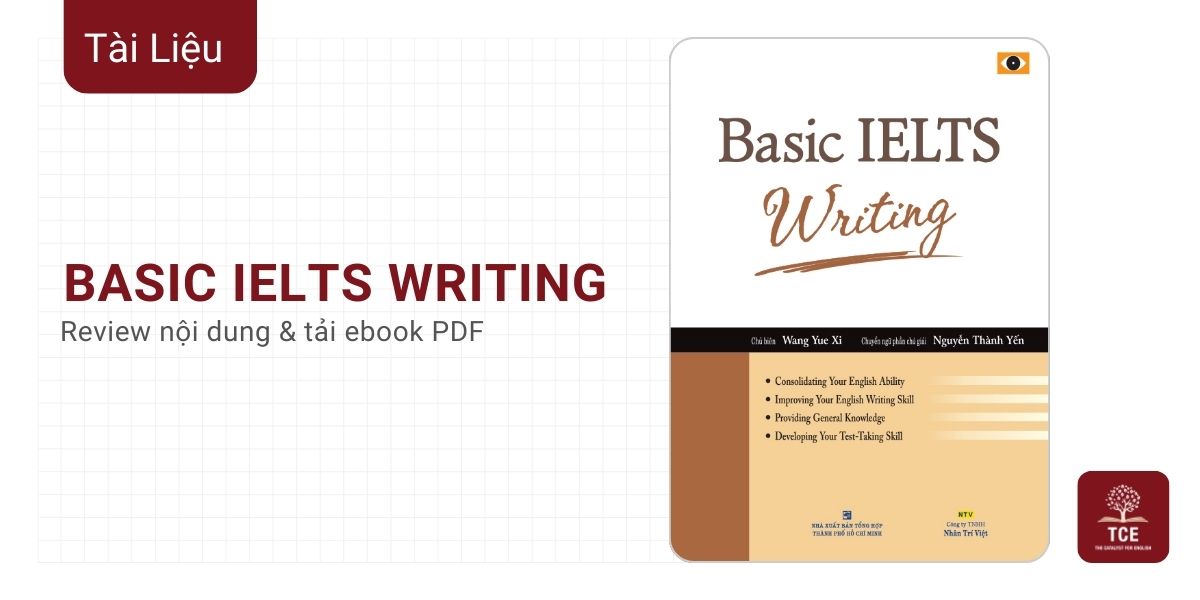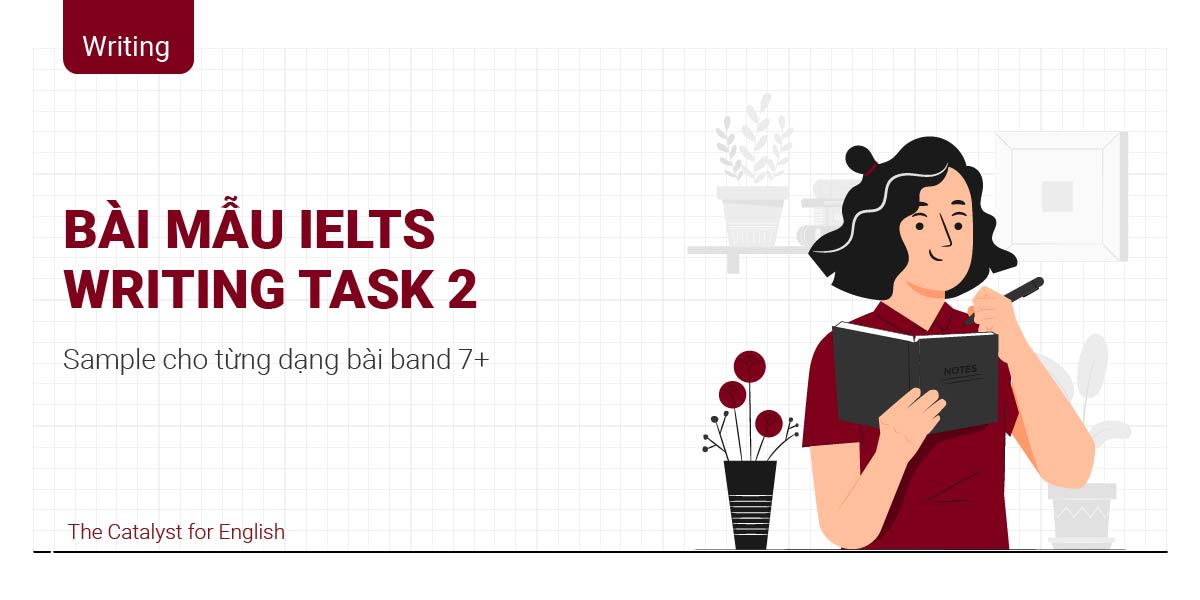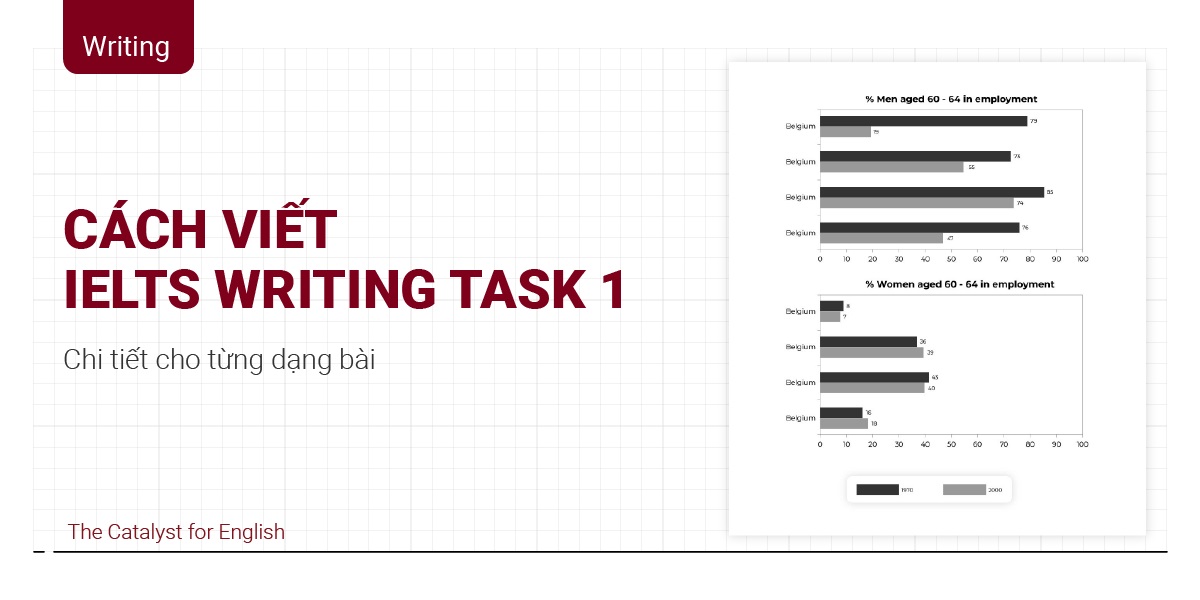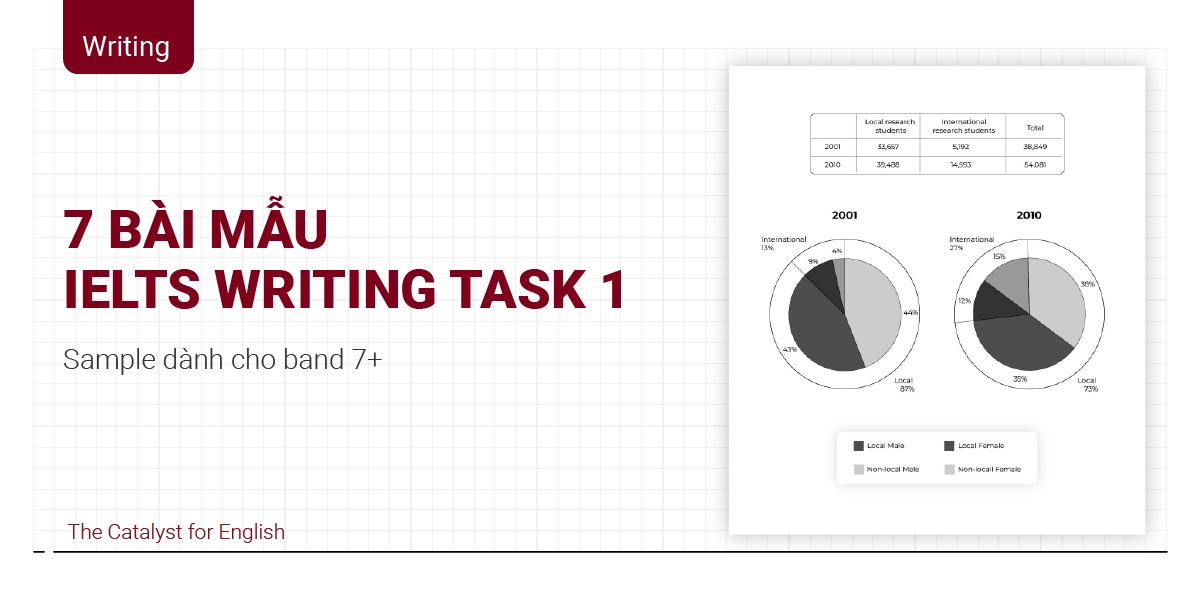IELTS Writing Task 2 có số điểm chiếm gấp 2 lần số điểm của bài thi IELTS Writing Task 1, do đó các thí sinh nên dành nhiều thời gian nghiên cứu kỹ và luyện tập. Hôm nay, The Catalyst for English sẽ cung cấp cho các bạn bài mẫu IELTS Writing Task 2 Sample cho từng dạng bài band 7+, cùng theo dõi nhé!
I. Khái quát về bài thi IELTS Writing Task 2
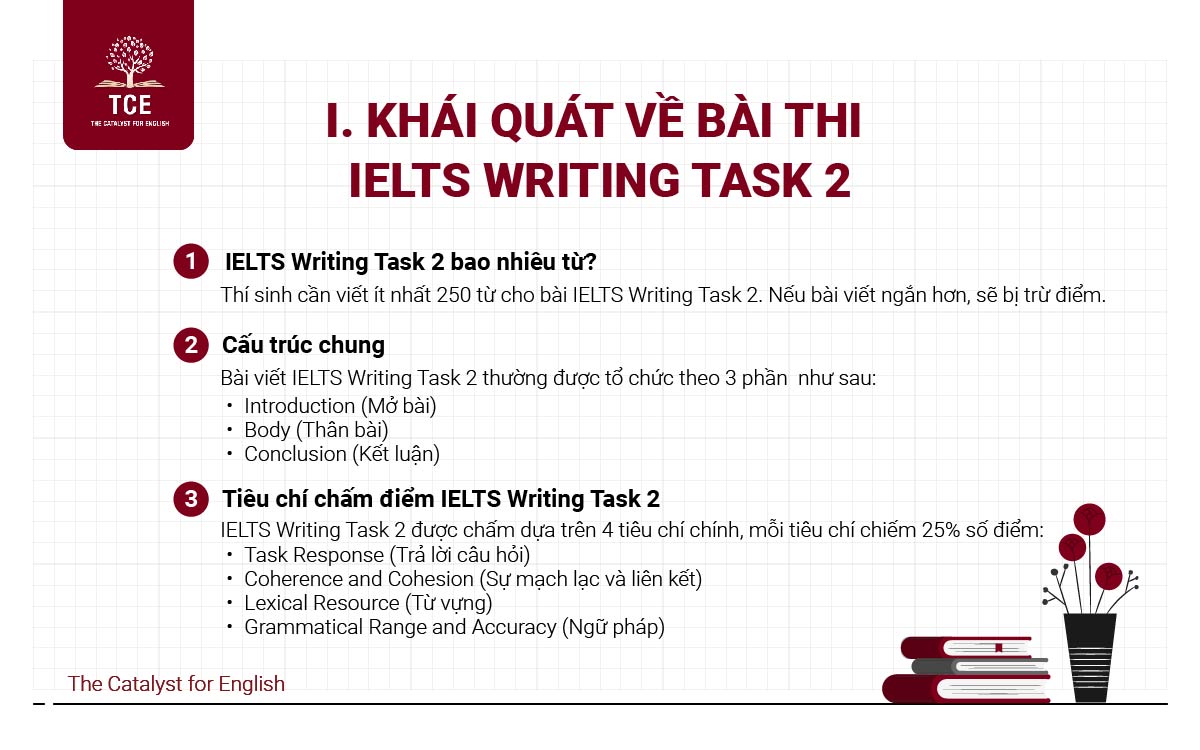
Khái quát về bài thi IELTS Writing Task 2
Trước khi đi vào chi tiết bài mẫu IELTS Writing task 2, hãy cùng TCE tìm hiểu khái quát về bài thi IELTS Writing Task 2 nhé!
1. IELTS Writing Task 2 bao nhiêu từ?
Thí sinh cần viết ít nhất 250 từ cho bài IELTS Writing Task 2. Nếu bài viết ngắn hơn, sẽ bị trừ điểm.
2. Cấu trúc chung
Bài viết IELTS Writing Task 2 thường được tổ chức theo 3 phần như sau:
| Phần |
Nội dung |
| 1. Introduction (Mở bài) |
Giới thiệu về chủ đề của bài viết và nêu quan điểm chính của bạn (thường là paraphrase lại đề bài). |
| 2. Body (Thân bài) |
Trình bày các ý chính, giải thích, đưa ra ví dụ minh họa. |
| 3. Conclusion (Kết luận) |
Tóm tắt lại quan điểm chính hoặc ý kiến của bạn dựa trên các luận điểm đã nêu ở thân bài. |
3. Tiêu chí chấm điểm IELTS Writing Task 2
IELTS Writing Task 2 được chấm dựa trên 4 tiêu chí chính, mỗi tiêu chí chiếm 25% số điểm:
- Tiêu chí 1: Task Response (Trả lời câu hỏi): Bài viết có trả lời đúng trọng tâm câu hỏi, có đủ ý và phát triển ý đầy đủ không.
- Tiêu chí 2: Coherence and Cohesion (Sự mạch lạc và liên kết): Cấu trúc bài viết có logic, các ý được sắp xếp hợp lý và sử dụng các từ nối liên kết mạch lạc giữa các đoạn.
- Tiêu chí 3: Lexical Resource (Từ vựng): Sử dụng từ vựng phong phú, chính xác và không lặp lại nhiều.
- Tiêu chí 4: Grammatical Range and Accuracy (Ngữ pháp): Sử dụng đúng các cấu trúc ngữ pháp, đa dạng hóa câu và tránh lỗi sai.
II. Cấu trúc câu sử dụng trong IELTS Writing Task 2
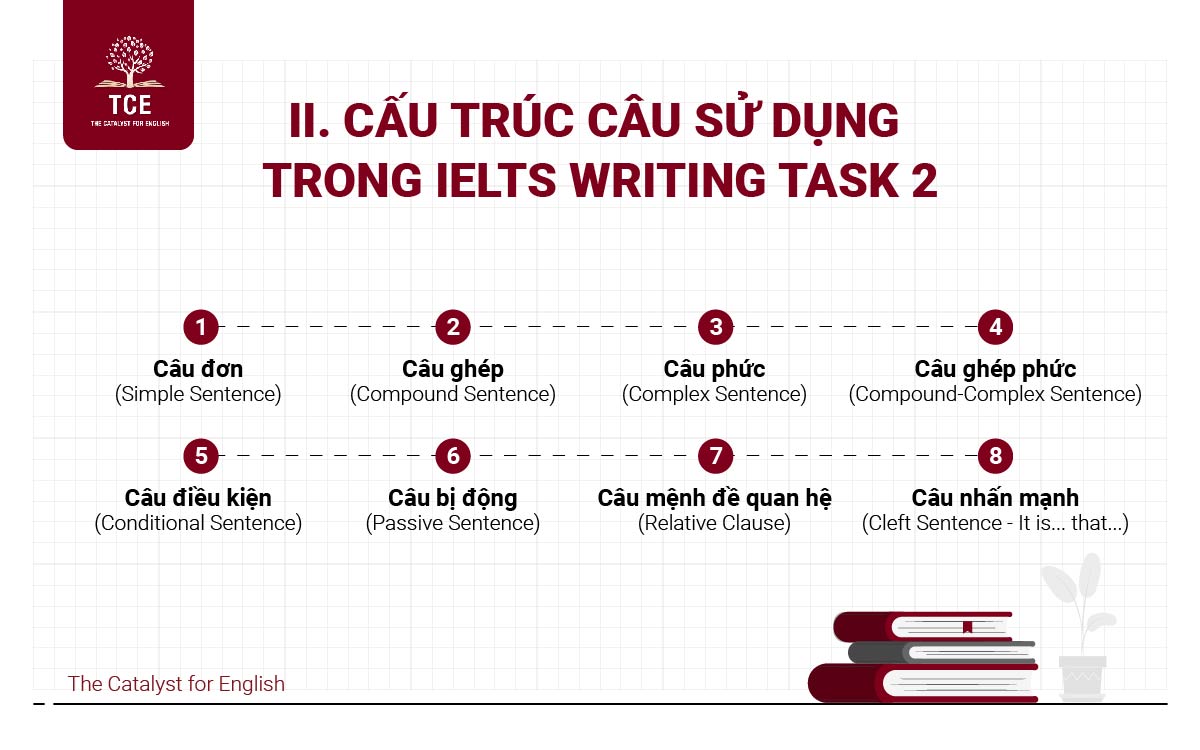
Cấu trúc câu sử dụng trong IELTS Writing Task 2
Trong các bài mẫu IELTS Writing Task 2 band điểm cao, một điều dễ thấy đó là các cấu trúc câu được sử dụng rất đa dạng và chính xác. Hãy lấy giấy bút ra và ghi lại các cấu trúc câu thường được sử dụng trong IELTS Writing Task 2 bài mẫu TCE gợi ý cho bạn nhé:
| Loại câu |
Ý nghĩa |
Ví dụ |
| 1. Câu đơn (Simple Sentence) |
Dùng để diễn đạt ý đơn giản, rõ ràng. Thích hợp để giới thiệu ý kiến chính hoặc thông tin cơ bản. |
Technology has improved many aspects of our daily lives.
Công nghệ đã cải thiện nhiều khía cạnh trong cuộc sống hàng ngày của chúng ta. |
| 2. Câu ghép (Compound Sentence) |
Sử dụng để kết hợp các ý kiến hoặc thông tin tương đương. |
Some people prefer to travel by car, but others think public transport is better.
Một số người thích đi bằng ô tô, nhưng người khác lại cho rằng phương tiện công cộng tốt hơn. |
| 3. Câu phức (Complex Sentence) |
Dùng để mở rộng và giải thích thêm ý kiến, giúp bài viết phong phú hơn. |
Although public transport is cheaper, many people still prefer the convenience of driving their own car.
Mặc dù phương tiện công cộng rẻ hơn, nhiều người vẫn thích sự tiện lợi của việc tự lái xe. |
| 4. Câu ghép phức (Compound-Complex Sentence) |
Sử dụng để diễn đạt các ý phức tạp, tạo sự liên kết mạch lạc giữa các ý tưởng. |
While public transport is environmentally friendly, it is often inconvenient, and people prefer driving their cars.
Mặc dù phương tiện công cộng thân thiện với môi trường, nhưng thường không tiện lợi, và mọi người thích lái xe hơn. |
| 5. Câu điều kiện (Conditional Sentence) |
Dùng để trình bày giả định hoặc các tình huống có điều kiện, thường được sử dụng để đưa ra ví dụ hoặc phân tích. |
If people switched to electric cars, pollution levels would decrease significantly.
Nếu mọi người chuyển sang sử dụng ô tô điện, mức độ ô nhiễm sẽ giảm đáng kể. |
| 6. Câu bị động (Passive Sentence) |
Sử dụng khi chủ ngữ không quan trọng hoặc không cần nhấn mạnh, giúp bài viết khách quan hơn. |
Environmental policies have been implemented to reduce pollution.
Các chính sách môi trường đã được triển khai để giảm thiểu ô nhiễm. |
| 7. Câu mệnh đề quan hệ (Relative Clause) |
Dùng để làm rõ hoặc bổ sung thông tin mà không cần phải tách thành câu riêng. |
The government, which is responsible for public safety, should take action against cyberbullying.
Chính phủ, cơ quan chịu trách nhiệm về an toàn công cộng, nên hành động chống lại bắt nạt qua mạng. |
| 8. Câu nhấn mạnh (Cleft Sentence – It is… that…) |
Sử dụng để tạo điểm nhấn cho một ý quan trọng, thu hút sự chú ý của người đọc. |
It is the government that should enforce stricter environmental regulations.
Chính phủ mới là cơ quan cần thực thi các quy định nghiêm ngặt hơn về môi trường. |
III. Hướng dẫn cách viết IELTS Writing Task 2 đơn giản
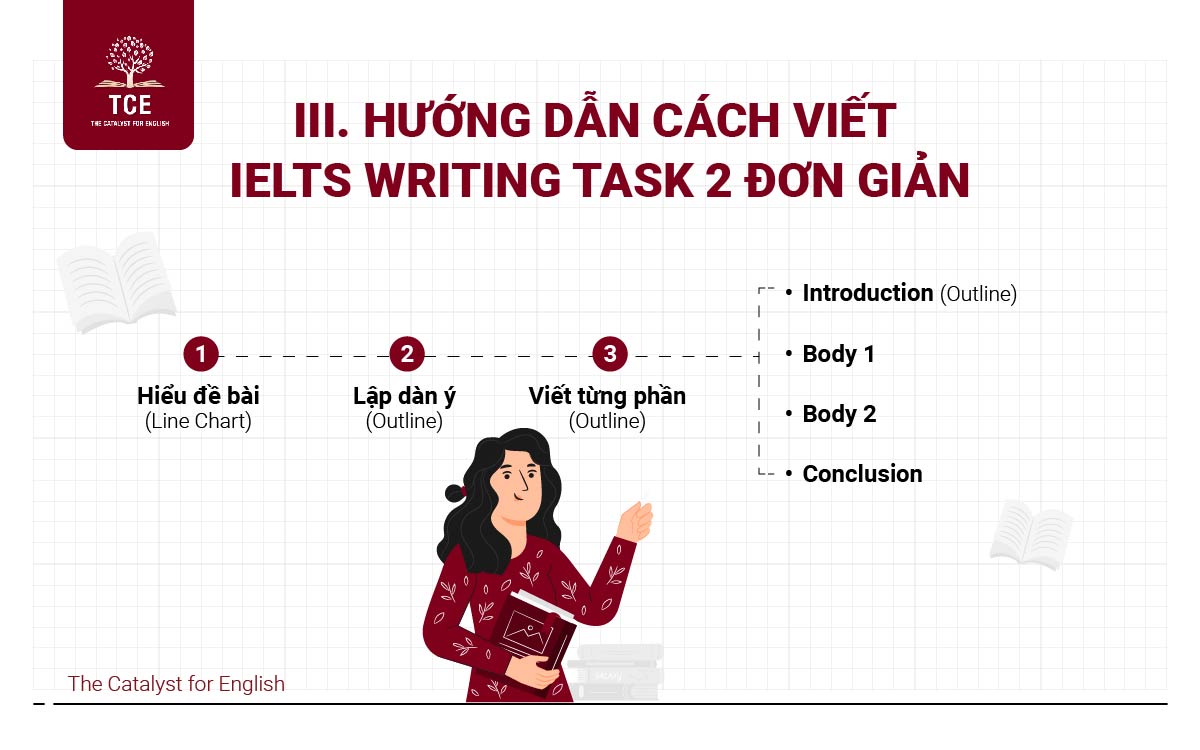
Hướng dẫn cách viết IELTS Writing Task 2 đơn giản
Tiếp theo đây, TCE sẽ hướng dẫn các thí sinh cách viết IELTS Writing Task 2 đơn giản, từng bước từ hiểu đề bài, lập dàn ý đến cách viết từng phần, cùng tham khảo nhé:
| Bước |
Nội dung |
Ví dụ minh họa |
| 1. Hiểu đề bài |
– Xác định loại đề bài (Opinion, Discussion, Advantages and Disadvantages, Problem and Solution, Two-part Question).
– Đọc kỹ đề để hiểu yêu cầu chính và chủ đề chính. |
Đề bài: Some people think that electric cars are the future of transport. To what extent do you agree or disagree?
=> Loại đề bài: Opinion
Chủ đề: Technology (Electric cars), yêu cầu: đưa ra ý kiến cá nhân. |
| 2. Lập dàn ý (Outline) |
– Introduction: Giới thiệu ngắn gọn về vấn đề và nêu quan điểm.
– Body (Thân bài):
– Đoạn 1: Đưa ra ý chính ủng hộ quan điểm của bạn.
– Đoạn 2: Đưa ra ý phụ hoặc phản biện.
– Conclusion: Tóm tắt và khẳng định lại ý chính, không thêm thông tin mới. |
Dàn ý mẫu:
– Introduction: Giới thiệu về xe điện và quan điểm đồng ý.
– Body: Đoạn 1: Xe điện thân thiện với môi trường. Đoạn 2: Tiến bộ công nghệ.
– Conclusion: Tóm tắt lợi ích của xe điện. |
| 3. Viết từng phần |
Chia bài viết thành 4 phần: Introduction, Body 1, Body 2, Conclusion. |
Ví dụ:
– Introduction: Công nghệ xe điện là xu hướng của tương lai.
– Body 1: Xe điện giảm ô nhiễm môi trường.
– Body 2: Tiến bộ công nghệ giúp cải thiện hiệu suất xe điện.
– Conclusion: Xe điện là giải pháp bền vững cho giao thông. |
| 3.1 Introduction |
– Paraphrase lại đề bài.
– Nêu rõ quan điểm đồng ý hay phản đối. |
Ví dụ: It is widely believed that electric cars represent the future of transportation. Personally, I completely agree with this notion due to environmental benefits and technological advancements. |
| 3.2 Body 1 |
– Viết một ý chính hỗ trợ quan điểm của bạn.
– Cung cấp ví dụ cụ thể hoặc giải thích rõ lý do bạn chọn ý này. |
Ví dụ: First of all, electric cars significantly reduce air pollution, which is one of the major problems caused by traditional vehicles. By switching to electric vehicles, we can achieve a cleaner and healthier environment. |
| 3.3 Body 2 |
– Đưa ra ý thứ hai hoặc phản biện đối lập (nếu có).
– Giải thích chi tiết và đưa ra dẫn chứng. |
Ví dụ: Additionally, the advancement in battery technology has improved the efficiency and affordability of electric cars, making them more accessible to the general public. |
| 3.4 Conclusion |
– Tóm tắt lại những ý chính.
– Khẳng định lại quan điểm một lần nữa và đưa ra kết luận tổng quát. |
Ví dụ: In conclusion, electric cars offer a sustainable and practical solution for future transportation by reducing environmental impact and benefiting from technological advancements. |
IV. Bài mẫu IELTS Writing Task 2 Sample cho từng dạng bài band 7+
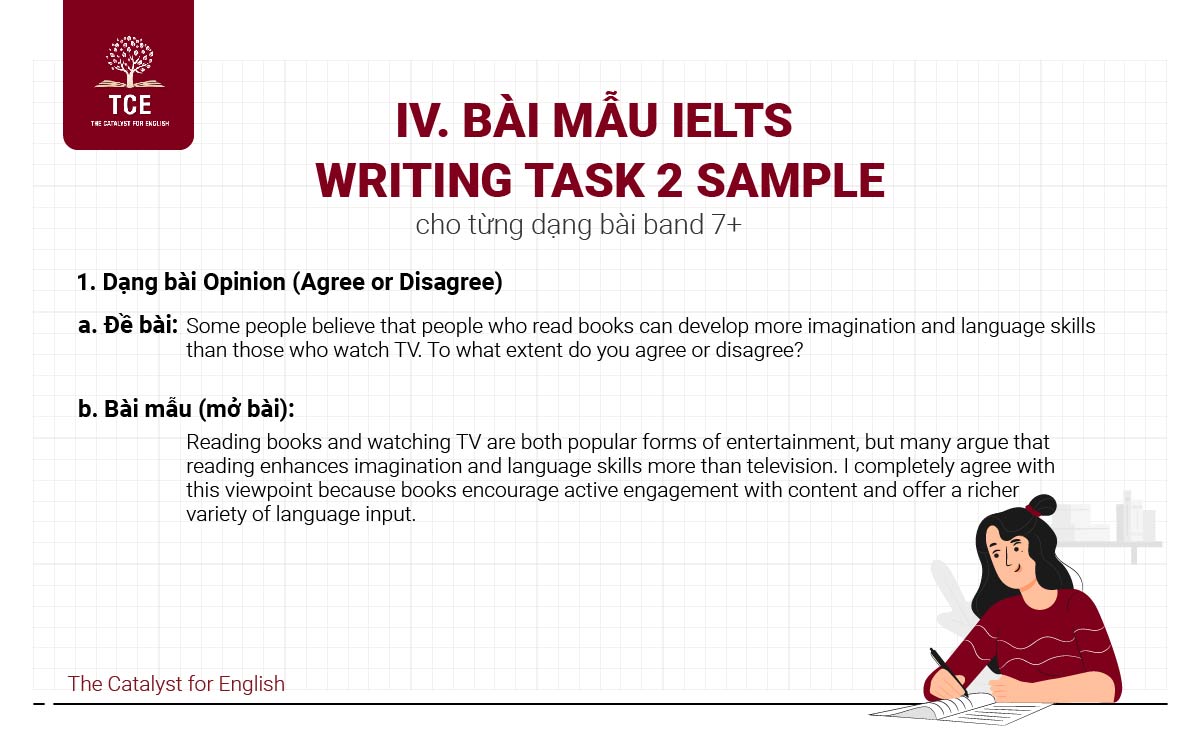
Việc đọc và học từ các bài mẫu sẽ giúp các học viên tiến bộ rất nhanh. Do đó khi học tại TCE, các bạn học viên sẽ được tiếp cận với nguồn bài mẫu chất lượng và đa dạng. Bây giờ hãy cùng tham khảo các bài mẫu IELTS Writing Task 2 cho từng dạng bài band 7+ mà đội ngũ chuyên môn của TCE biên soạn nhé.
1. Dạng bài Opinion (Agree or Disagree)
Some people believe that people who read books can develop more imagination and language skills than those who watch TV. To what extent do you agree or disagree?
Reading books and watching TV are both popular forms of entertainment, but many argue that reading enhances imagination and language skills more than television. I completely agree with this viewpoint because books encourage active engagement with content and offer a richer variety of language input.
Firstly, reading books allows individuals to actively engage their imagination. When reading, one must visualize the scenes, characters, and events described by the author, which helps develop creativity. On the other hand, television provides pre-visualized images, which may limit the audience’s ability to imagine freely.
Moreover, books generally contain more complex language than TV programs, which tend to use everyday spoken language. By reading, people are exposed to a wider range of vocabulary and more sophisticated sentence structures, contributing to the development of stronger language skills.
In conclusion, while TV has its own merits, I believe reading books is far superior for developing imagination and language skills due to the active involvement it requires and the quality of the language encountered.
| Từ vựng |
Phát âm |
Nghĩa |
| Imagination (n) |
/ɪˌmædʒɪˈneɪʃn/ |
Sự tưởng tượng |
| Language skills (n.phr) |
/ˈlæŋɡwɪdʒ skɪlz/ |
Kỹ năng ngôn ngữ |
| Active engagement (n.phr) |
/ˈæktɪv ɪnˈɡeɪdʒmənt/ |
Tham gia tích cực |
| Language input (n.phr) |
/ˈlæŋɡwɪdʒ ˈɪnpʊt/ |
Đầu vào ngôn ngữ |
| Visualize (v) |
/ˈvɪʒuəlaɪz/ |
Hình dung, tưởng tượng |
| Pre-visualized (v) |
/ˌpriː ˈvɪʒuəlaɪzd/ |
Được hình dung trước |
| Complex language (n.phr) |
/ˈkɒmpleks ˈlæŋɡwɪdʒ/ |
Ngôn ngữ phức tạp |
| Sophisticated (adj) |
/səˈfɪstɪkeɪtɪd/ |
Phức tạp, tinh vi |
| Creativity (n) |
/ˌkriːeɪˈtɪvɪti/ |
Sự sáng tạo |
| Vocabulary (n) |
/vəʊˈkæbjʊləri/ |
Từ vựng |
| Cấu trúc |
Ý nghĩa |
Ví dụ |
| Comparative (more than) |
So sánh hơn, nhấn mạnh sự vượt trội |
Reading enhances imagination and language skills more than television.
Đọc sách cải thiện trí tưởng tượng và kỹ năng ngôn ngữ nhiều hơn xem TV. |
| Present participle clause (by + V-ing) |
Cách thức thực hiện hành động |
By reading, people are exposed to a wider range of vocabulary.
Bằng việc đọc, người ta tiếp xúc với nhiều từ vựng hơn. |
| While + clause (contrast) |
Diễn tả sự đối lập giữa hai hành động hoặc quan điểm |
While TV has its own merits, I believe reading books is far superior.
Mặc dù TV có những ưu điểm riêng, tôi tin rằng đọc sách vượt trội hơn nhiều. |
2. Advantages and Disadvantages Essay
In some countries, students are encouraged to work or travel for a year between finishing high school and starting university studies. Discuss the advantages and disadvantages.
In many parts of the world, students are encouraged to take a gap year between high school and university. This practice can offer several advantages, but it also has its drawbacks.
One significant advantage of taking a gap year is that it allows students to gain valuable life experience. Whether through traveling or working, students can develop skills that will benefit them later in life, such as independence, time management, and problem-solving. Furthermore, a gap year gives students the chance to explore different career options, which can help them make more informed decisions about their future studies.
On the other hand, taking a gap year can have some disadvantages. For example, students may find it difficult to return to the academic environment after a year away. The break from study may cause them to lose motivation or struggle to keep up with the demands of university life. Additionally, a gap year can be expensive, especially if students choose to travel abroad, which might not be feasible for everyone.
In conclusion, while a gap year can provide students with important life skills and experiences, it is not without its challenges. Students should carefully weigh the pros and cons before deciding whether to take time off before university.
| Từ vựng |
Phát âm |
Nghĩa |
| gap year (n.phr) |
/ɡæp jɪər/ |
năm nghỉ giữa hai cấp học |
| life experience (n.phr) |
/laɪf ɪkˈspɪərɪəns/ |
kinh nghiệm sống |
| problem-solving (adj) |
/ˈprɒbləm ˈsɒlvɪŋ/ |
giải quyết vấn đề |
| academic environment (n.phr) |
/ækəˈdɛmɪk ɪnˈvaɪərənmənt/ |
môi trường học thuật |
| motivation (n) |
/ˌmoʊtɪˈveɪʃən/ |
động lực |
| Cấu trúc ngữ pháp |
Ý nghĩa |
Ví dụ |
| One significant advantage of… |
Đưa ra lợi ích lớn của một vấn đề |
One significant advantage of taking a gap year is having time to travel. |
| On the other hand, … |
Đưa ra luận điểm đối lập, nêu nhược điểm |
On the other hand, taking a gap year can bring some disadvantages. |
3. Problem and Solution Essay
In many cities, traffic congestion is becoming a serious problem. What are the causes of this and what solutions can be suggested to solve the problem?
Traffic congestion is a growing problem in many cities around the world, and it has several causes. Fortunately, there are also solutions that can be implemented to tackle this issue.
One of the main causes of traffic congestion is the increasing number of private vehicles on the roads. As cities expand, more people rely on cars for transportation, leading to overcrowded roads. Another contributing factor is the lack of effective public transportation systems in many urban areas, which forces people to use their own cars instead of taking buses or trains.
To solve these problems, one solution could be to improve public transportation infrastructure. Cities could invest in more efficient bus and train networks to encourage people to leave their cars at home. Additionally, governments could implement policies to reduce the number of private vehicles on the road, such as introducing congestion charges or providing incentives for people to carpool or use alternative modes of transport like cycling.
In conclusion, while traffic congestion is a significant issue in many cities, it can be addressed through better public transportation and policies aimed at reducing the number of cars on the road.
| Từ vựng |
Phát âm |
Nghĩa |
| traffic congestion (n.phr) |
/ˈtræfɪk kənˈʤɛsʧən/ |
tắc nghẽn giao thông |
| private vehicles (n.phr) |
/ˈpraɪvət ˈviːɪkəlz/ |
phương tiện cá nhân |
| public transportation system (n.phr) |
/ˈpʌblɪk ˌtrænspɔːˈteɪʃən ˈsɪstəm/ |
hệ thống giao thông công cộng |
| congestion charges (n.phr) |
/kənˈʤɛsʧən ʧɑːʤɪz/ |
phí tắc nghẽn giao thông |
| infrastructure (n) |
/ˈɪnfrəstrʌkʧər/ |
cơ sở hạ tầng |
| Cấu trúc ngữ pháp |
Ý nghĩa |
Ví dụ |
| One of the main causes of… |
Đưa ra một trong những nguyên nhân chính |
One of the main causes of traffic congestion… |
| Another contributing factor is… |
Đưa ra nguyên nhân tiếp theo |
Another contributing factor is the lack of public transportation… |
4. Dạng Discussion (Discuss Both Views)
Some people believe that children should be taught academic subjects in school, while others argue that physical education is equally important. Discuss both views and give your opinion.
There is a growing debate about whether schools should focus solely on academic subjects or whether physical education should be given equal importance. In my opinion, both areas are crucial for the development of well-rounded individuals.
On the one hand, many argue that the purpose of schooling is to provide children with intellectual skills that will help them succeed in the future. Core subjects like mathematics, science, and literature are necessary for developing critical thinking and problem-solving abilities, which are essential in today’s knowledge-based economy. Moreover, achieving academic success often leads to better job prospects, making it important for students to focus on their studies.
On the other hand, some people contend that physical education is equally essential. Engaging in regular physical activity helps children develop fitness and encourages a healthy lifestyle. It is also proven to have positive effects on mental health, reducing levels of stress and anxiety. Furthermore, teamwork and sportsmanship learned through sports activities are valuable life skills.
In conclusion, while academic subjects are undoubtedly important for future success, physical education should not be overlooked. Schools should strive to create a balanced curriculum that allows students to excel both academically and physically.
| Từ vựng |
Phát âm |
Nghĩa |
| academic subjects (n.phr) |
/ˌækəˈdɛmɪk ˈsʌbdʒɪkts/ |
các môn học thuật |
| physical education (n.phr) |
/ˈfɪzɪkəl ˌɛdʒʊˈkeɪʃən/ |
giáo dục thể chất |
| critical thinking (n.phr) |
/ˈkrɪtɪkəl ˈθɪŋkɪŋ/ |
tư duy phản biện |
| problem-solving abilities (n.phr) |
/ˈprɒbləm ˈsɒlvɪŋ əˈbɪlɪtiz/ |
khả năng giải quyết vấn đề |
| balanced curriculum (n.phr) |
/ˈbælənst kəˈrɪkjʊləm/ |
chương trình giảng dạy cân bằng |
| Cấu trúc ngữ pháp |
Ý nghĩa |
Ví dụ |
| whether + S+V |
Cấu trúc diễn tả sự lựa chọn |
There is a growing debate about whether schools should focus solely on… |
| … like… |
dùng để liệt kê |
Core subjects like mathematics, science, and literature… |
| It is proven to have… |
Diễn tả một điều gì đó đã được chứng minh |
It is also proven to have positive effects on mental health. |
Như vậy chúng mình đã cùng nhau phân tích IELTS Writing Task 2 Sample cho từng dạng bài band 7+. Hi vọng rằng qua bài viết này TCE sẽ giúp bạn “dắt túi” được nhiều kiến thức bổ ích và bớt nỗi lo về IELTS Writing task 2!
